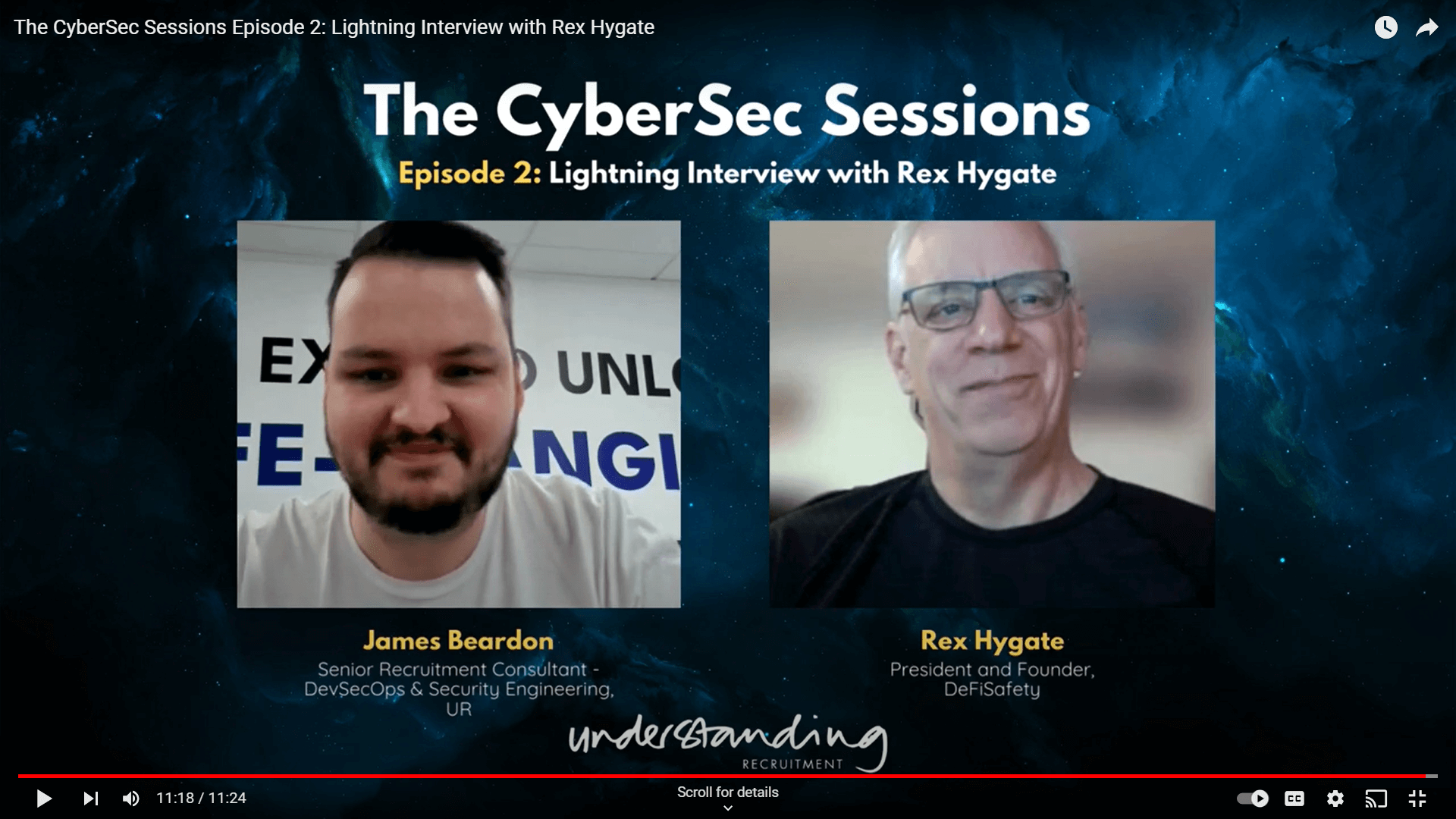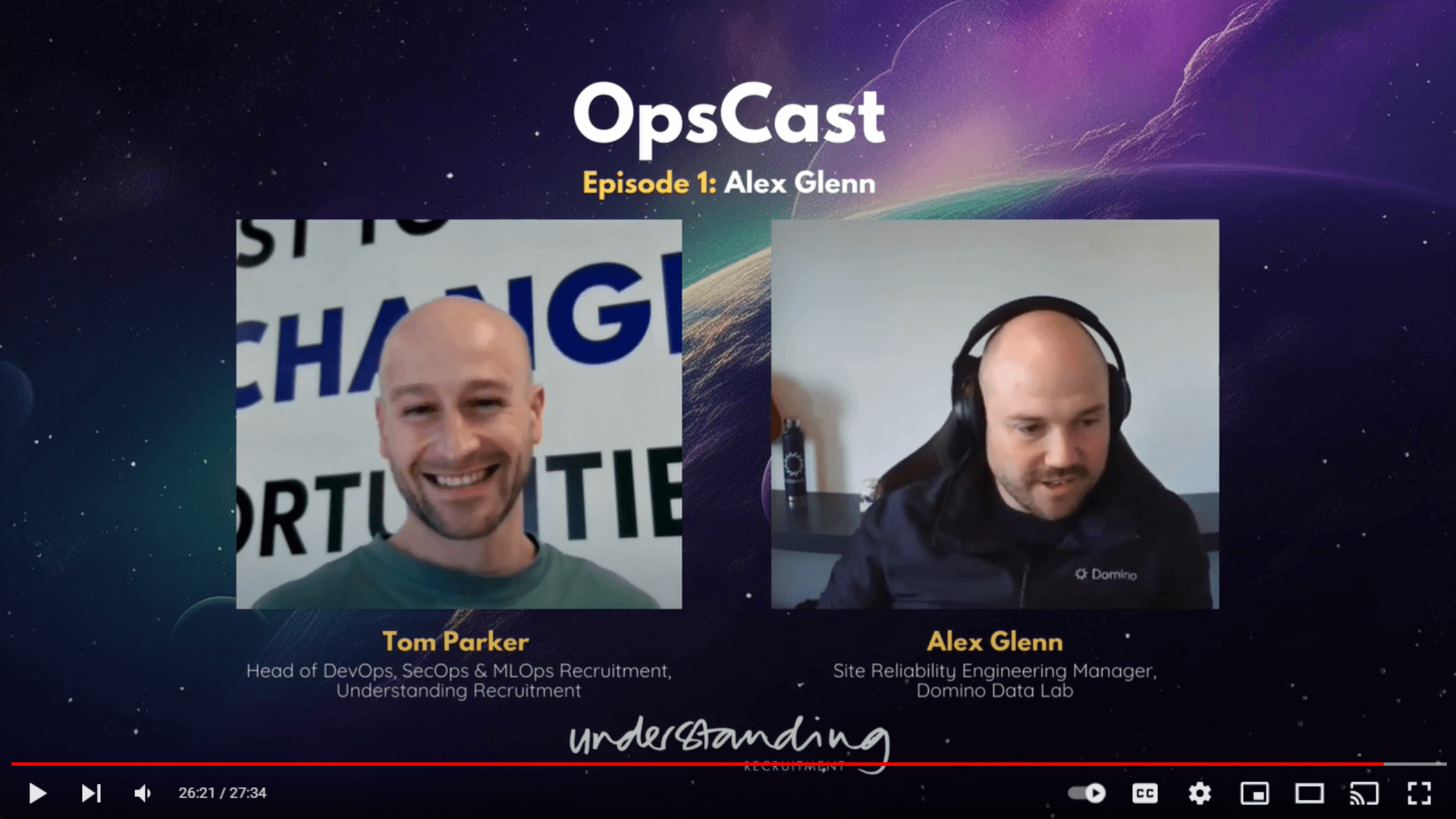
Career Series Part 1: Your CV And Cover Letters
6th December, 2018Your CV is your digital handshake and the first thing your potential employer sees. Here's how to make a great first impression.
The tech market is growing rapidly and there's an increase of talent. This makes your CV a really important tool to help you stand out from the crowd.
Your CV should always be role specific and provide a brief, but full account of your working life, including your interests and academic achievements.
- Personal Information - Name - Address - Telephone number - Email address - DOB (optional)
- Employment History - List your employers in date order (starting with the most recent) - The role you held in each company - A short summary of your tasks and responsibilities
- Education - GCSE's & A-levels (or equivalent) - Degree - Any other professional training or qualifications - Relevant skills
- Interests - What you like to do outside of work
- Referees -Whether they can be contacted
COVER LETTERS
Some roles require you to submit a cover letter. It should be a short statement to summarise your CV, highlighting why you're right for the job. Remember to tailor your cover letter to every position you apply for. Here's an example:
Dear Name (or Sir/Madam as appropriate),
Opening Paragraph: Identify yourself; state what position you're applying for and where the vacancy was advertised.
Second Paragraph: Cover: why you're interested in the job/work and why the company appeals to you. Mention your academic background, relevant qualifications and related work experience.
Third Paragraph: Mention that you've enclosed your CV/completed application form - and cover any additional points of relevance.
Finally: Close with the following: your availability to interview, your expected salary (or current package), and a positive final sentence to encourage a positive response.
Yours Sincerely,
Your name


